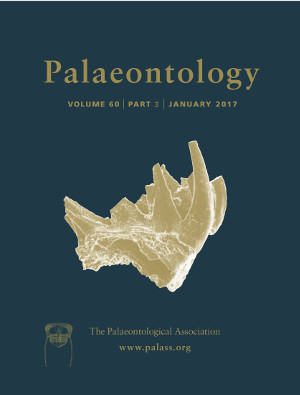Reg. Charity No. 1168330

A lower jaw of the mesonychian Hapalodectes is reported from Nongshanian sediments (Upper Doumu Formation; middle Paleocene) of the Qianshan Basin (Anhui Province, China). The fragmentary mandible is only the third specimen of Hapalodectidae discovered in Paleocene deposits, and the first in south east China; it is moreover the oldest, the two other specimens having been found in Gashatan (late Paleocene) localities. The premolars and molars of the new fossil are morphologically similar to Hapalodectes dux (late Paleocene of Mongolia), which has been considered to be the most primitive hapalodectid, but their relative proportions recall H. paleocenus and the Eocene Hapalodectes species. As a result, the fossil described herein appears to be different from the other previously described species of Hapalodectes in being morphologically intermediate between H. dux and the other Hapalodectes species, notably the Bumbanian Hapalodectes hetangensis and H. huanghaiensis from China; it is thus identified as a new species, Hapalodectes lopatini (possibly a male individual). Its discovery is important because it sheds light on the initial radiation of hapalodectids. The presence of one primitive hapalodectid in Mongolia previously suggested the Mongolian Plateau as the centre of origination of this carnivorous family, but the discovery of H. lopatini in older sediments from south‐east China challenges this hypothesis. In the earliest Eocene, Hapalodectes dispersed from Asia to North America; this event being part of the ‘East of Eden’ dispersals. This event resulted in the geographical separation of two distinct Hapalodectes groups, in North America and south‐eastern China respectively.